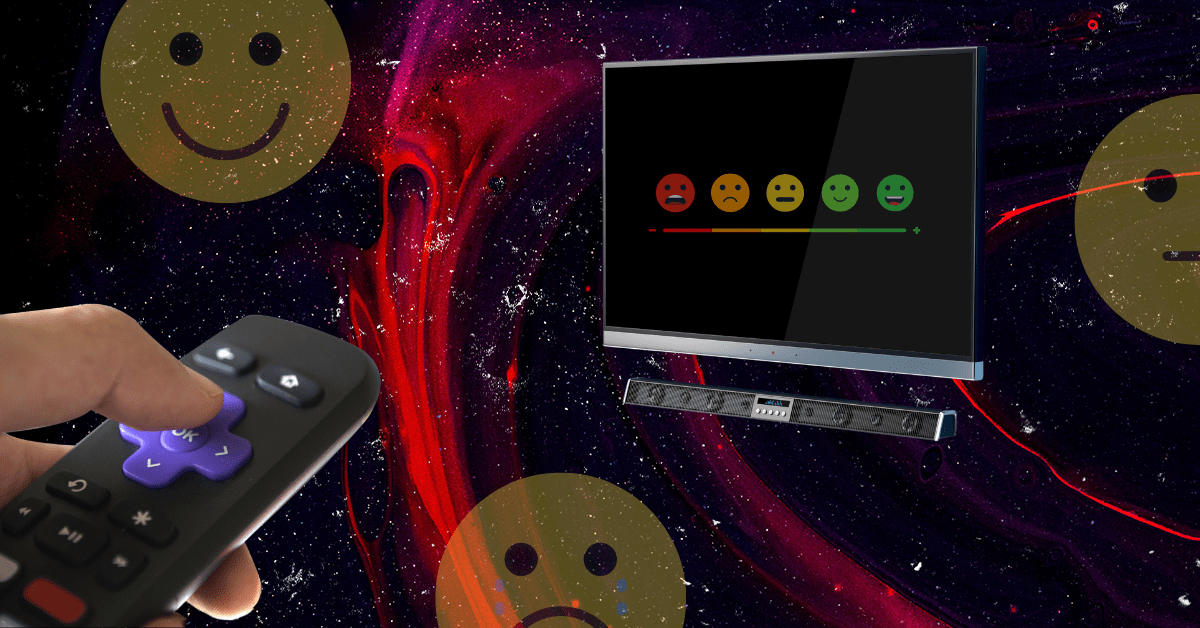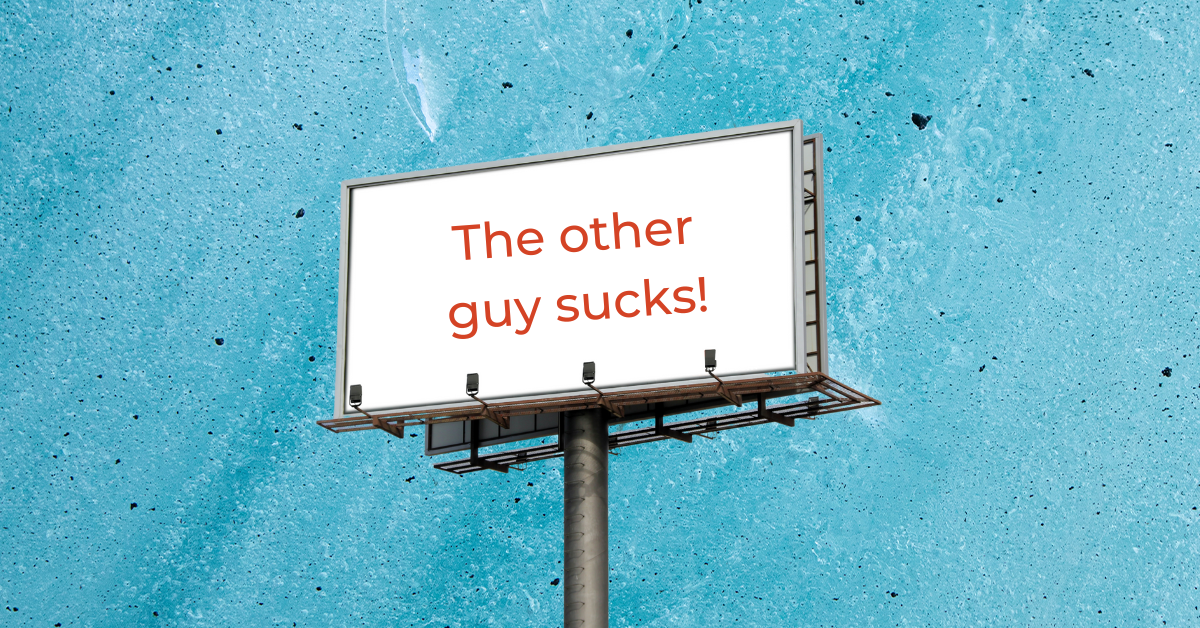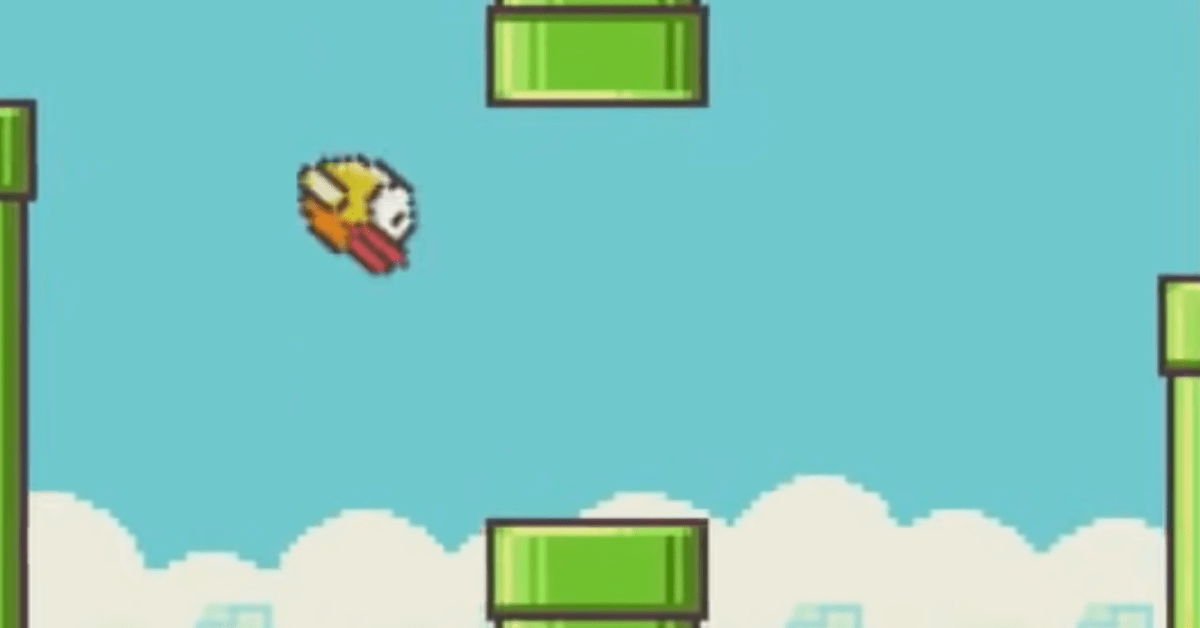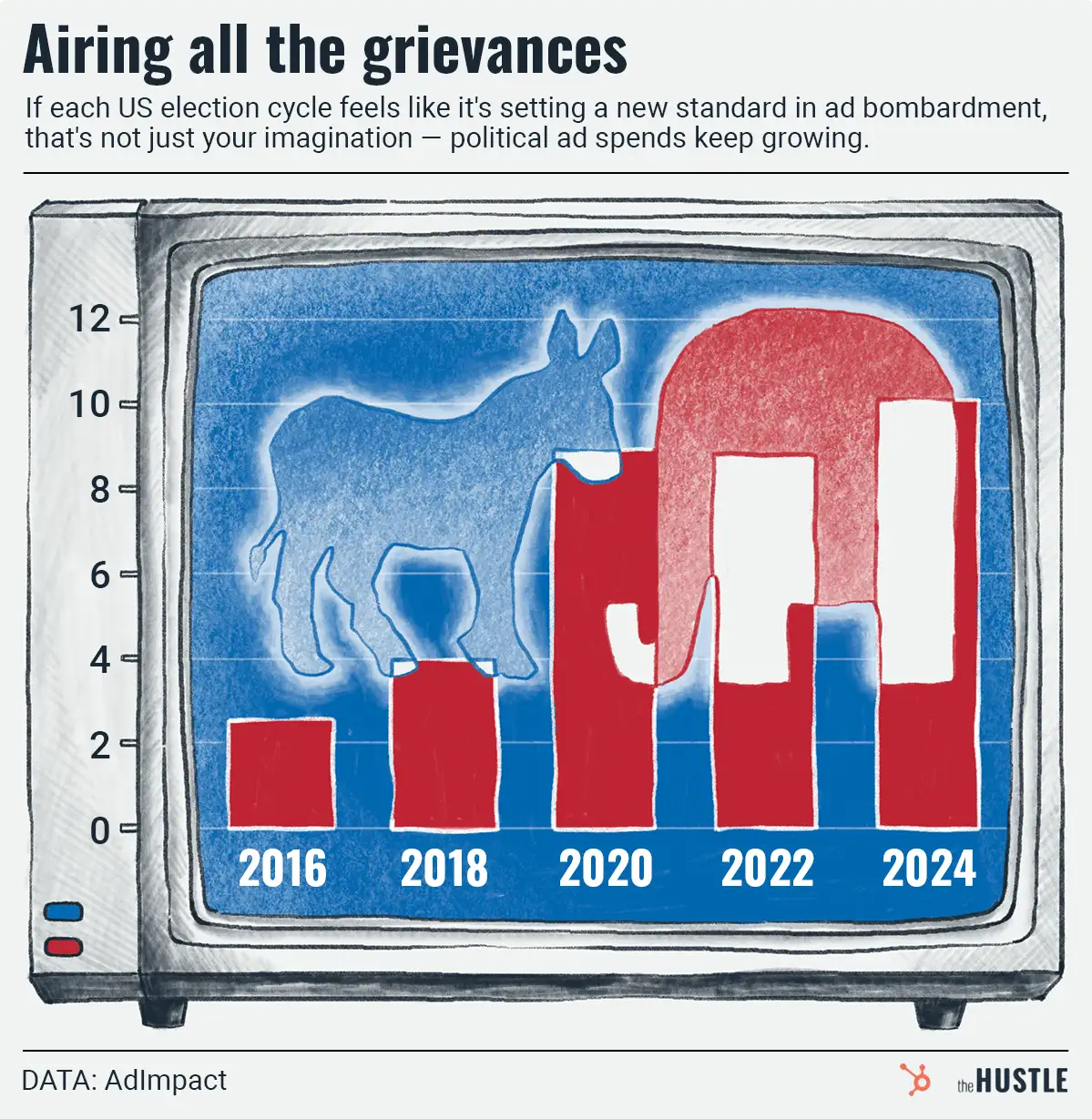
Should GTA stand for ‘Grand Theft Advertisements’?
Published:
Need the full story?
Sign up for The Hustle to get the business world's wildest stories delivered daily. This one's on us.
Related Articles
-

-

Come gather round the TV fireplace, kids
-

What if your TV knew you were sad?
-

Vrbo’s ad strategy: Poking fun at Airbnb
-

Does the Super Bowl offer enough bang for its hefty advertising buck?
-

A future where you don’t ‘own’ anything has already come for video games
-

The ups and downs and ups and downs of a controversial mobile game’s rebirth
-

Relaxing drive? How about in-car targeted ads instead?
-

Hungover? Burger King’s facial recognition tech has a deal for you
-

The local TV business approves this message

